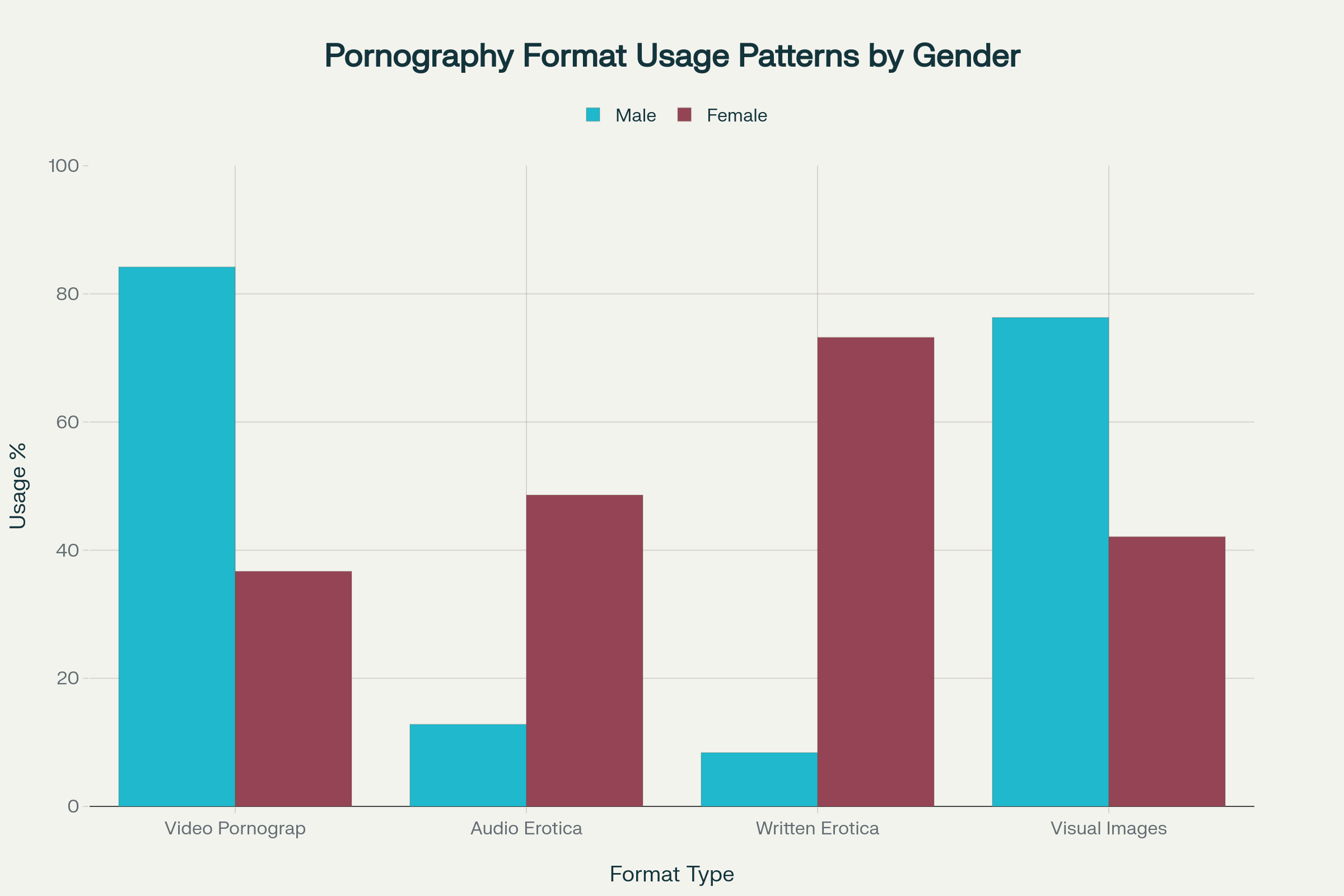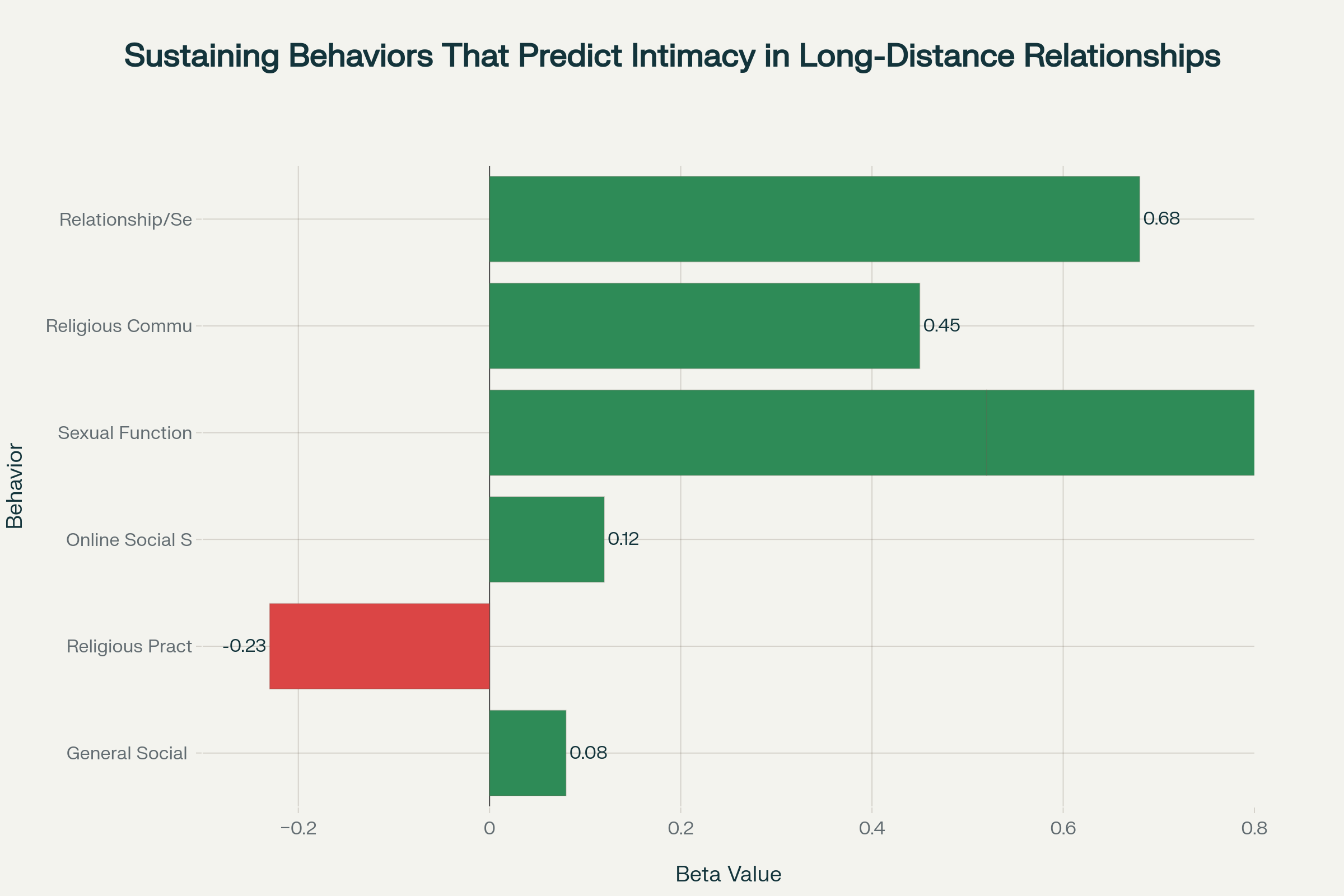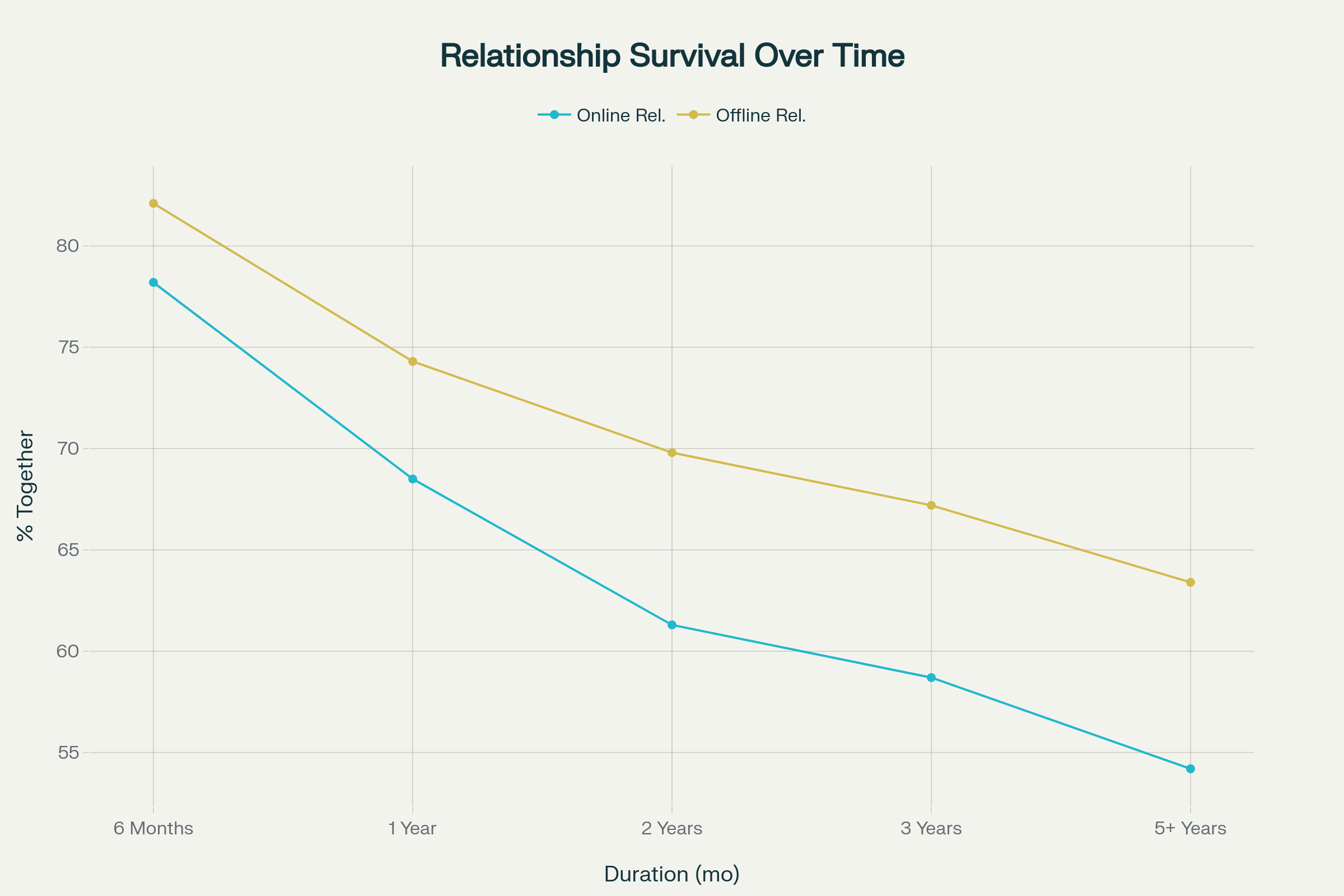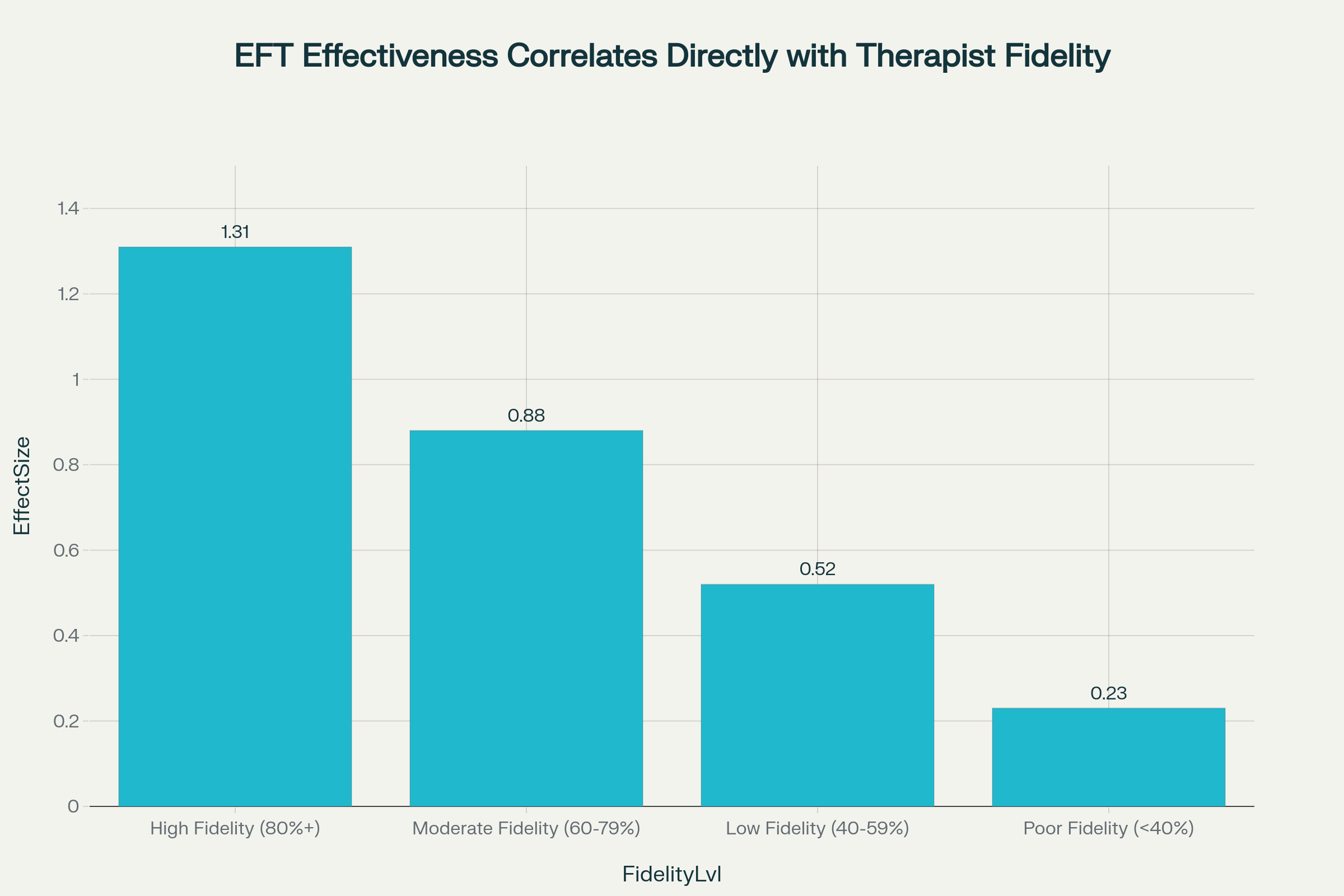Un monde de différence
Explorer la dynamique, les défis et les forces des relations neurodivergentes.
Qu'est-ce qu'une relation neurodivergente ?
La neurodiversité fait référence aux variations naturelles dans les cerveaux humains. Une relation devient « neurodivergeante » lorsque les partenaires ont des compositions neurologiques différentes, ce qui conduit à des styles de communication et des façons d'expérimenter le monde uniques.
15-20%
De la population mondiale est estimée neurodivergente.
~30%
Des relations engagées incluent au moins un partenaire neurodivergent.
3 types
De couples : Neurotypique-Neurodivergent, Similaires-Neurodivergent et Mixtes-Neurodivergent.
Le paysage statistique pour les adultes autistes
Taux de mariage : un contraste marqué
Un écart significatif existe dans les taux de mariage entre les adultes autistes et neurotypiques, mettant en évidence des parcours sociaux différents.
Désir de romance vs. réalité
Alors que la grande majorité des adultes autistes souhaite une relation, beaucoup rencontrent des obstacles importants.
Taux de divorce & satisfaction dans la relation
Les couples neurodivergents connaissent des taux de divorce plus élevés, bien que les niveaux de satisfaction montrent une image plus complexe. La communication est un facteur clé.
Combler le fossé de la communication
Les ruptures dans la communication sont souvent mutuelles. Le « problème de double empathie » suggère qu'au lieu d'un déficit unilatéral, c'est un défi bidirectionnel de traduire différents langages neurologiques.
Le problème de double empathie : une rue à double sens
Partenaire neurotypique
Peut avoir des difficultés à comprendre la franchise ou les besoins sensoriels.
Partenaire neurodivergent
Peut avoir des difficultés avec le sous-texte, le sarcasme ou les indices non verbaux.
L'empathie doit couler dans les deux sens pour combler le fossé.
Obstacles de communication courants
Interprétation littérale
Difficulté avec le sarcasme, les idiomes et les significations implicites.
Surcharge sensorielle
Les environnements peuvent devenir accablants, faisant cesser la communication.
Fonction exécutive
Défis pour organiser les pensées ou se rappeler des informations.
"Travail caché"
L'interaction sociale peut être épuisante, nécessitant une période de récupération.






